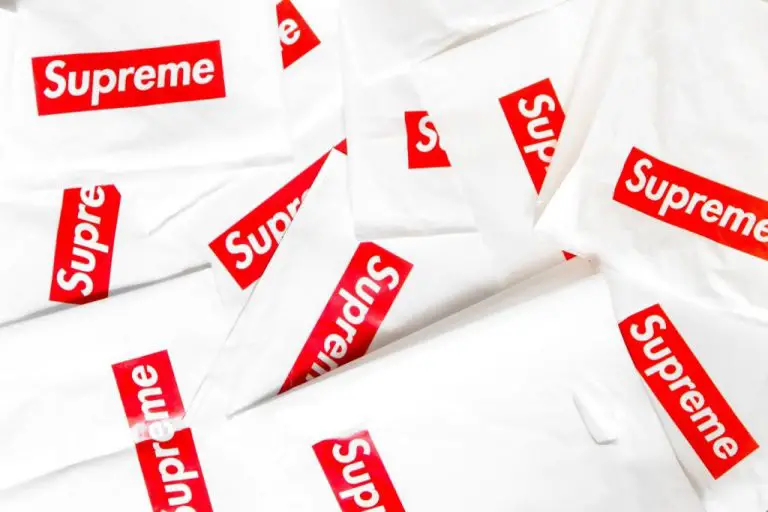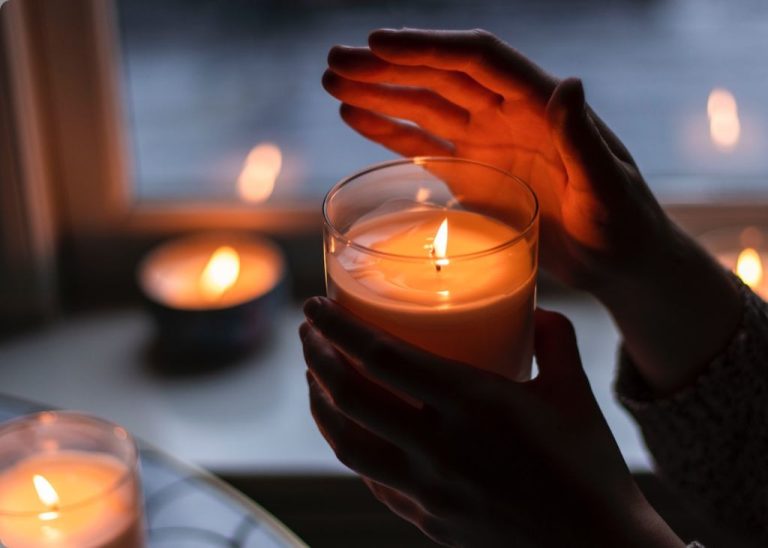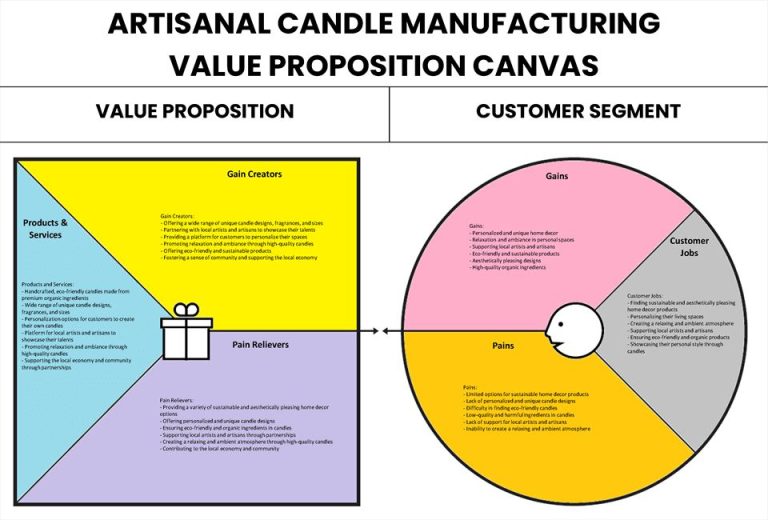How Do You Make A Candle For Your Mom?
Making a homemade candle is a thoughtful gift for mom on Mother’s Day or her birthday. Unlike store-bought candles, a homemade candle shows you put time and care into making something special just for her. The process of making a candle yourself allows you to customize the scent, color, and shape exactly to her liking. Whether she loves fruity smells, prefers floral fragrances, or wants an ornate decorated candle, you can craft it yourself. This makes a homemade candle more meaningful. Follow the steps below to make a candle that shows your mom how much you care.
Choose Your Wax
When making candles, the first step is selecting the type of wax you want to use. There are a few main options to consider:
Soy Wax – Made from soybeans, this natural wax has become very popular for homemade candles. It’s clean burning, environmentally friendly, and holds fragrance oils very well. Soy wax melts at a low temperature, so soy candles must be burned in low heat environments.
Beeswax – 100% natural beeswax makes fragrant, non-toxic candles. Beeswax has a high melting point so candles take longer to melt and produce less soot. The natural honey color and aroma are appealing. However, beeswax is expensive and can be tricky to work with.
Paraffin Wax – The most commonly used candlemaking wax, paraffin is derived from petroleum. It’s affordable, easy to use, and makes high quality candles. But paraffin wax produces more soot and fumes compared to natural waxes. Blends of paraffin and other waxes help offset the drawbacks.
Consider your budget, fragrance, burn time, and environmental factors when selecting the right wax for your homemade candle. Most candlemakers recommend using candle wax designed specifically for making candles instead of scrap wax.
Pick Vessels
When making candles as gifts, it’s important to pick a nice vessel to hold the candle. The vessel not only contains the melted wax and holds the wick, but also adds to the decorative appearance of the finished candle. There are a few common options to consider when picking a vessel for candle making:
Glass Containers
Glass containers like mason jars and vases make excellent candle vessels. The transparency of glass allows the colors and textures of the wax to show through. Glass also helps reflect and disperse light as the candle burns. Mini jelly jars and other small glass containers make great vessels for single use or “tealight” candles. Larger glass containers can hold bigger pillar candles or jars of wax melts.
Metal Tins
Metal tins and containers are another popular choice for candle vessels. Tins are available in various shapes and sizes, from petite votive holders to large coffee cans. Metal conducts heat well and helps the wax pool evenly as the candle burns. The opaqueness of metal tins also helps conceal the appearance of the solid wax. This allows for creative options like adding herbs, flowers, or trinkets inside the candle wax.
Ceramic Vessels
Ceramic containers like cups, bowls, and planters can provide rustic, handcrafted vessels for candle making. The porous nature of ceramic helps absorb and disperse fragrance as the candle burns. Ceramic vessels come in many colors and shapes to complement homemade candles. Just be sure the ceramic vessels are heat-safe at temperatures around 150°F before using them to hold wax.
With so many nice options – glass, metal, or ceramic – it’s easy to find the perfect vessel to complete your homemade candle gift for mom.
Select Wicks
The right wick is crucial for a well-burning candle. The wick draws wax up into the flame to keep the candle burning. Choosing the wrong size or material can lead to smoke, soot, drowned wicks, tunneling, or an uneven burn.
The width of the wick should match the diameter of your container. Smaller candles need thinner wicks that won’t overpower the melt pool. Larger candles need thicker wicks that won’t drown.
Look for wicks made from braided cotton or paper. Cotton offers a bright flame and leaves little soot. Paper and wood wicks are quieter, with a dancing flame. Wire or zinc-core wicks are not recommended as they get too hot.
Test different wick sizes and types when making your first batch of a new candle. Observe how they burn and adjust on your next try. With testing, you’ll find the perfect wick to make candles your mom will love.
Choose Fragrances
Choosing the right fragrance is key to making a candle your mom will love. There are a few options to scent your candle:
Essential Oils
Essential oils are extracted directly from plants and can provide a pure, natural scent. Some popular essential oils for candles are lavender, eucalyptus, lemon, and peppermint. Use essential oils sparingly as they are highly concentrated.
Fragrance Oils
Fragrance oils are synthetic scents made for candlemaking. They come in an endless variety of fragrances from fruity to floral. Fragrance oils mix well in wax and give off a strong scent when burned. Use 1-2 ounces of fragrance oil per 1 pound of wax.
Floral Petals
Dried flower petals like roses, lavender, and jasmine can add a light, fresh fragrance to candles. Place a small handful of petals in the bottom of the container before pouring in wax. The petals will infuse the wax with their scent as the candle burns.
Consider your mom’s favorite smells and choose a fragrance she will enjoy. Her favorite flower, fruit, herb, or essential oil blend will add a thoughtful, personal touch.
Measure Ingredients
Properly measuring ingredients is crucial for making safe, high-quality candles. The main ingredients are wax, fragrance oils, and wick. Follow the manufacturer’s recommended ratios when adding fragrance oil to wax. Generally, use 0.5 to 1 ounce of fragrance oil per pound of wax. Exceeding recommendations can lead to issues like oil spills, poor scent throw, and combustion.
Use a scale for accuracy when measuring wax and fragrance oils. Do not rely on volume measurements like cups. The density and exact weight of wax can vary between batches. A digital kitchen scale offers precision for candle making. Carefully weigh out the wax in the proper amounts. Then separately measure the fragrance oils.
Only add dyes and other additives after the wax is fully melted later in the process. Properly measuring at this stage allows the wax to fully incorporate the fragrance and ensures even coloring and distribution when pouring the candles. Taking the time to accurately measure ingredients is a key first step to homemade candles that burn cleanly and have a pleasing aromatherapy quality.
Melt Wax
One of the easiest and safest ways to melt wax for candle making is using a double boiler method. This involves placing the wax in a heat safe container set inside a pot of gently simmering water. The indirect heat from the water slowly melts the wax evenly without scorching or burning it.
To use the double boiler method:
- Fill the bottom pot with 2-3 inches of water and place it on the stove over medium heat. Allow the water to come to a gentle simmer.
- Chop your candle wax into small chunks to help it melt faster.
- Place the chunks of wax in a heat safe glass or stainless steel container. This will nest inside the bottom pot of simmering water.
- As the wax melts, stir it frequently with a long handled spoon.
- Once fully melted, check the temperature with a thermometer. Aim for around 180-200°F for container candles.
- Remove the melted wax from the heat and allow it to cool slightly before adding fragrance.
Using a double boiler protects the wax from getting too hot while melting evenly and gently. This helps retain the quality and appearance of the wax.
Add Fragrance
After the wax is fully melted and before pouring the candle, it’s time to add essential oils or candle fragrances. Fragrances are an important part of the candle making process, as they determine the wonderful scents that will fill the room when the candle is burned.
Make sure to research fragrances properly and avoid adding too much, as this can negatively impact the burn performance. A good rule of thumb is to add 0.5 to 1 ounce of fragrance oil per pound of wax. Gently stir in the fragrance oils after the wax has fully melted and reached the proper temperature. Stir continuously for 2-3 minutes to ensure even distribution throughout the wax. Avoid splashing or agitating too much, as this can cause air bubbles.
Adding fragrance is often the most exciting part of the process! Take care to avoid breathing in the fumes directly. Once thoroughly mixed, you can pour the scented wax into the waiting vessels and move on to the next steps.
Pour into Containers
Once the candle wax has completely melted and the fragrance has been thoroughly incorporated, you are ready for the fun part – pouring the wax into the vessels! This step requires care and attention to detail to prevent spills and ensure proper pouring.
Make sure your container is stable on a flat surface. Gently pour the wax in, being careful not to splash or overflow the rim of the vessel. Pour slowly and steadily in one spot, allowing the wax to pool at the bottom. This helps prevent air bubbles. Leave a little extra room at the top, about 1/4 inch, for the melted wax to form a meniscus or curved top as it cools.
If pouring multiple candles, carefully pour each vessel about 3/4 full before returning to top them all off. This allows the wax to start cooling and setting up, helping prevent leaks if the vessel is moved before completely hardened. Take care not to stir or agitate the wax while pouring, as this can introduce air bubbles.
Make sure to center the wick while pouring so it remains straight and upright when the wax hardens. Hold it gently in place with a toothpick if needed. A centered wick will help the candle burn evenly down the middle.
Work slowly, carefully, and deliberately when pouring to achieve the prettiest finished candles for gifting. The pouring process is soothing and enjoyable when you embrace the artistry of candle making.
Cool and Finish
After pouring the wax into the candle vessels, it’s important to let them cool completely before moving them. This allows the wax to set up properly and prevents any spills. As the candles cool, a concave indent will form at the top of the wax from contraction. This is normal.
Once cooled, trim the wicks to 1⁄4 inch length. This prevents the wicks from being too long and creating excess smoke when burned. Now the candles are ready to be finished with any additional decorative touches. However, it’s recommended to let the candles cure for at least 1-2 weeks before gifting. This allows the fragrance to fully develop within the wax and provides the best cold and hot scent throw when burned. Rushing to gift an uncured candle may result in a weaker scent.
After curing, adorn the candles with gift tops, labels, or decorative touches as desired. Then they are ready for gifting to mom or anyone else special. With homemade candles, presentation is just as important as the quality of the candle itself. Make sure to package them carefully to prevent any damage in transit. Add a heartfelt note or card to make the gift extra meaningful.





